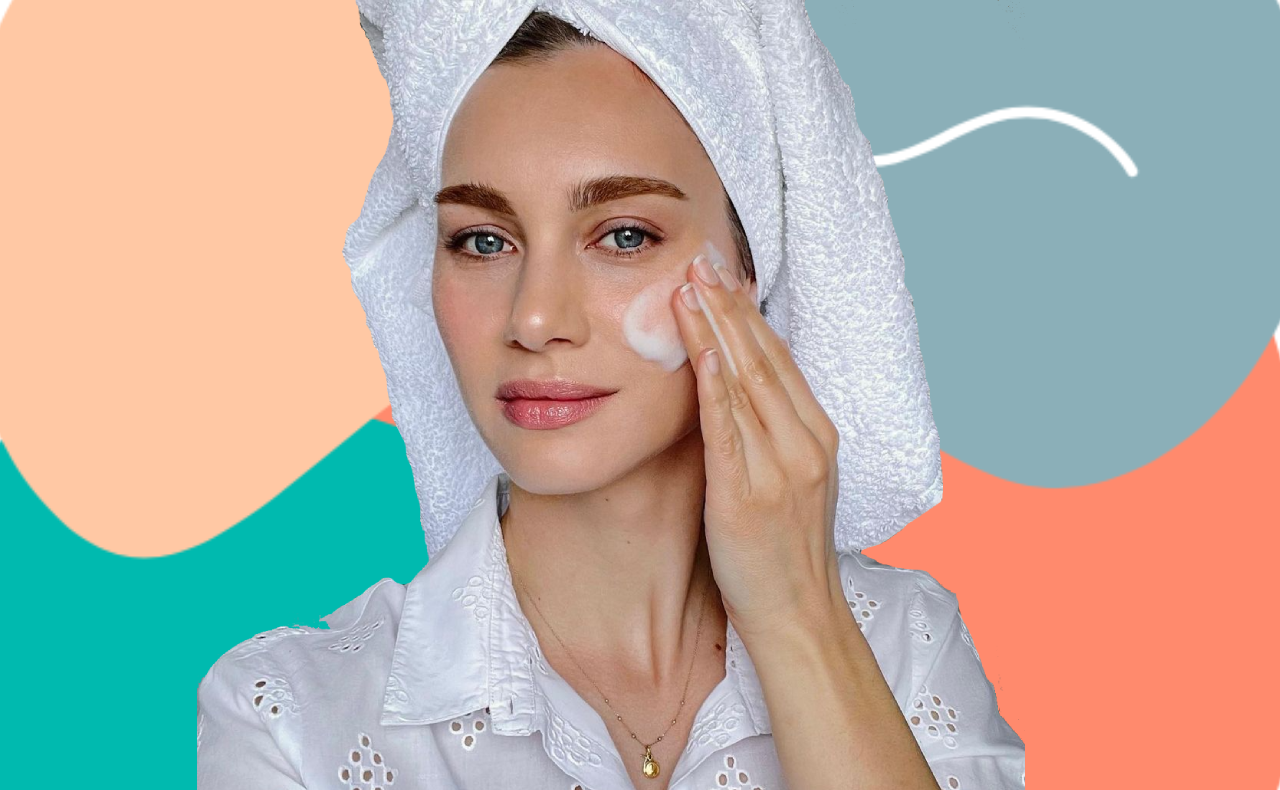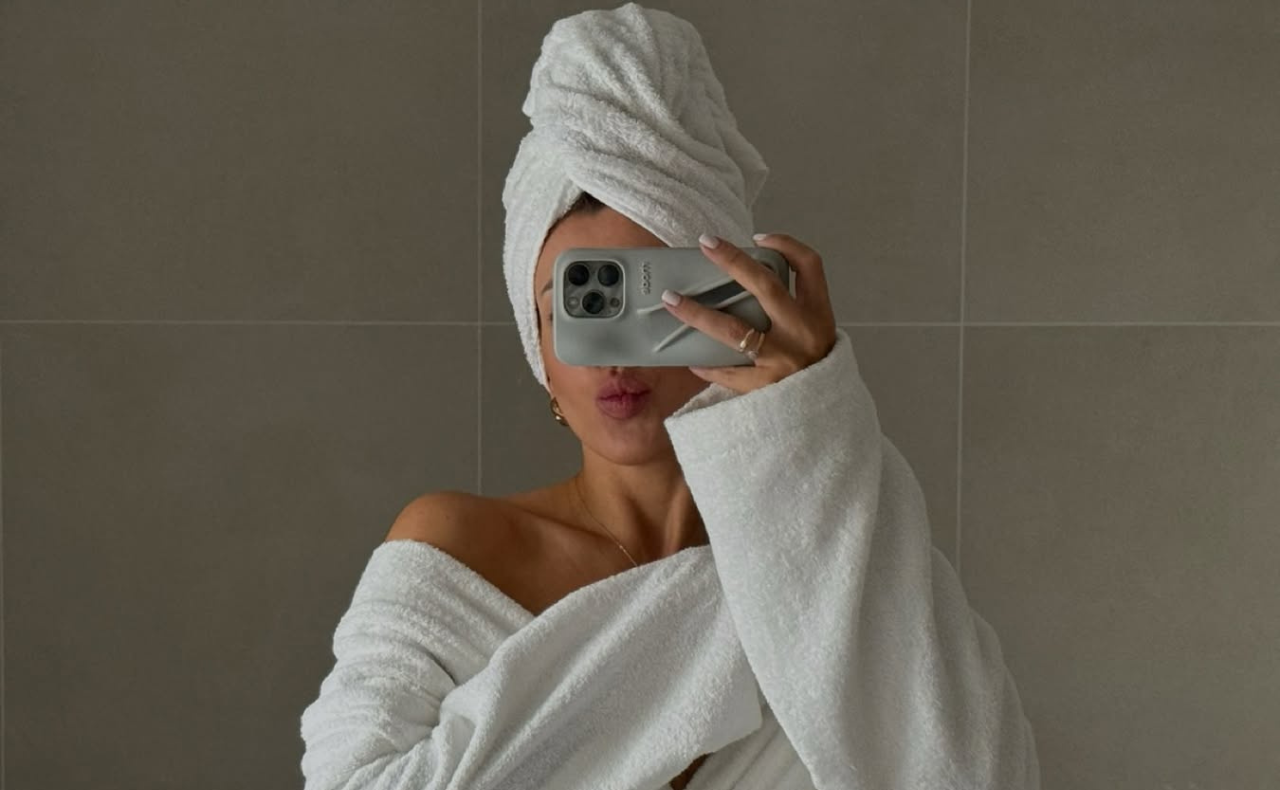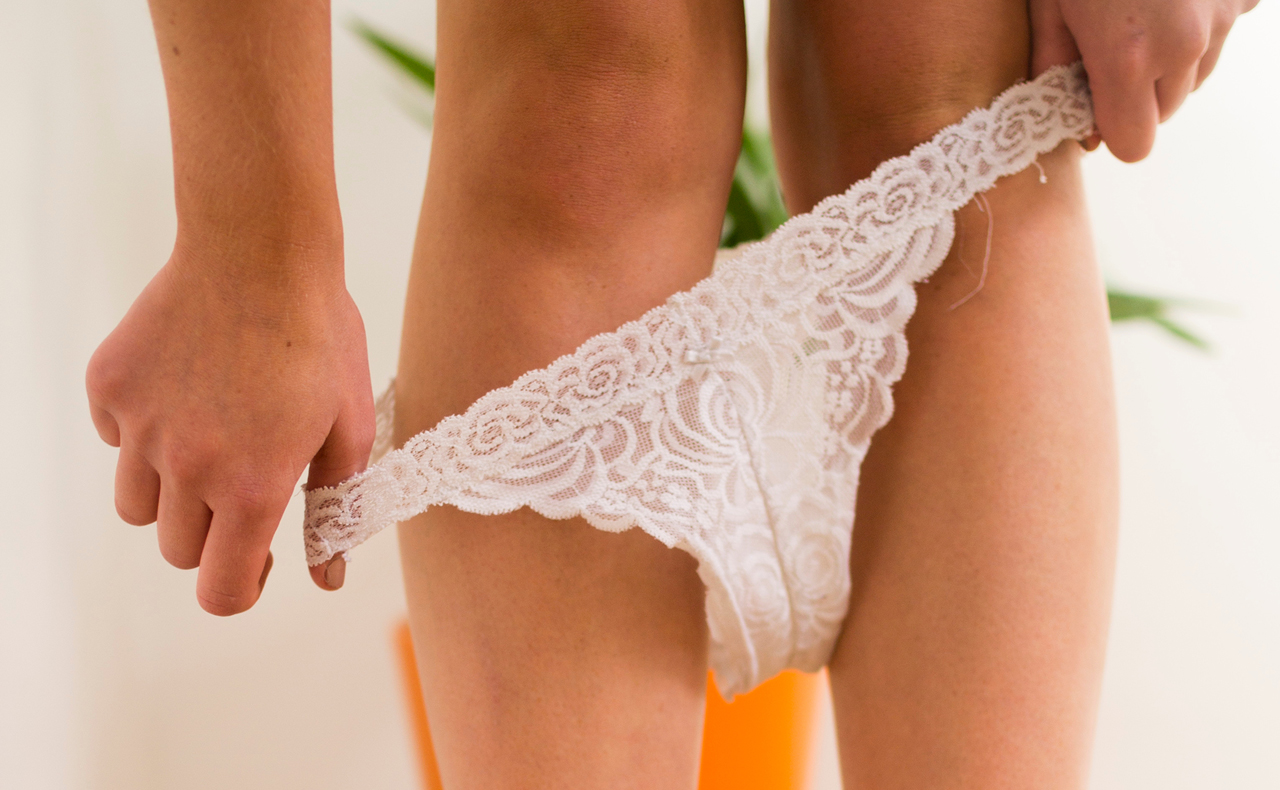Pigmentation is a skin concern many of us tend to identify with. And it’s no wonder considering it comes in so many different forms and has many different causes.
“There are well over 45 causes of hyperpigmentation on the face, each with unique clinical features,” says Dr. Michelle Rodrigues, Dermatologist and Director of Chroma Dermatology, Pigment and Skin of Colour Centre.
She also explains that ‘pigmentation’ is a term rather than a diagnosis, which typically refers to skin that is “lighter than normal (called hypopigmentation) or darker than normal (called hyperpigmentation).”
Most of the time, when people say “pigmentation”, they actually mean “hyperpigmentation”. The appearance of which Rachel McAdam, La Roche-Posay’s Medical Communications Manager, describes as “darker areas, spots or blotches on the skin; these areas may have a brownish appearance and may be faint or pronounced.”
Or as we like to describe it, the chocolate milk moustache that shows up when we’ve had a bit too much sun in summer.
Hyperpigmentation can also appear differently depending on a person’s skin tone and Dr. Michelle reveals that it’s typically more common in those with skin of colour.
“This is because a condition called melasma is more common with this group and this is one of the most common causes of hyperpigmentation.” Melasma is also more common during pregnancy and has been linked to hormonal changes.
So is there anything that can be done to diminish these dark spots and patches? Here’s what the experts think…
The best ingredients for fading hyperpigmentation
You’re not imagining it, hyperpigmentation does tend to become more noticeable as we age – “mainly due to UV exposure over our lives,” says Rachel – and so it’s only natural to want to try and find products to combat its appearance. So what exactly should we be looking for?
Dr Michelle stresses that “getting the right diagnosis first is really important because different causes of hyperpigmentation require different treatments.” But here’s some ingredients known to help…
Hydroquinone
“For things like very light freckles, post-inflammatory hyperpigmentation and mild melasma, hydroquinone is still the gold standard treatment,” says Dr. Michelle Rodrigues. The active ingredient can be found in products like John Plunkett’s Superfade Face Treatment Cream ($21.99 at Chemist Warehouse) and is available over the counter at pharmacies in concentrations 2 per cent or less – no prescription needed!

AHAs & Vitamin A
Australian Cosmetic Physician Dr Naomi McCullum says it’s crucial to tackle melanin production from all angles if you want to see a difference in hyperpigmentation. She recommends incorporating an AHA serum or essence (specifically her own Pore Relation, $89 at drnaomi.com) and vitamin A into your weekly routine to “help increase cell turnover and over time fade visible surface pigment.”

Vitamin C & Niacinamide
With resurfacing taken care of, Dr Naomi recommends pairing exfoliation with brightening ingredients that will target “different pathways of melanin production, such as the well-documented vitamin C and niacinamide.” bh recommends: BOOST LAB Vitamin C Brightening Serum ($29.95 at Adore Beauty)

The best ingredients for preventing further hyperpigmentation
There’s only one word you need to know for your best defence against hyperpigmentation: sunscreen.
“UV protection is by far the most effective way to both prevent pigmentation and also repair existing pigmentation,” says Rachel.
When it comes to selecting the best sunscreen for the job, Dr Michelle says to“make sure you choose one that says SPF 50+ with high UVA protection.”
“Choosing one with a tint is also really helpful, especially for those with skin of colour” – this is because tinted sunscreens contain iron oxide which absorb blue light, so you’ll also be protecting yourself from hyperpigmentation it can cause.
bh recommends: La Roche-Posay Anthelios Invisible Fluid Facial Sunscreen SPF50+ ($31.95 at Adore Beauty), Hamilton Everyday Face Sunscreen is a SPF 50+ ($11.49 at Chemist Warehouse) and Cancer Council Face Day Wear BB Cream SPF50+ Medium Tint ($13.39 at Chemist Warehouse)
Can skin care alone help?
If you’re wondering whether professional treatment (like that of the Cynosure PicoSure Pro) is required to truly fade the appearance of hyperpigmentation, Dr Naomi says it largely depends on the kind you’re dealing with.
“There are some types of pigmentation that are more safely or effectively treated with skin care and some types that are more effectively treated by energy based devices in-clinic,” she tells beautyheaven.
“For example, melasma-type pigmentation is well treated and more safely treated with topical skin care. Although we have many in-clinic treatments for this issue, we would always include skin care as part of the treatment. Freckle-type pigmentation [on the other hand] is poorly treated with skin care and very effectively treated with in-clinic IPL devices.”
In terms of how much improvement skin care products alone can provide, Rachel says it’s modest and “in the realm of 20-50 per cent reduction.”
For more intensive reduction, she advises seeking out a dermatologist for treatment, which Dr Michelle strongly agrees with.
“Seeing a dermatologist will mean a detailed physical examination of the skin that gives a 3D view of the concerns and give you the opportunity to consider prescription grade creams, lotions and maybe even tablets to pair with a great skin care plan,” she says.
There are dermatologists who specialise in pigmentation too, so if you’ve tried all the above ingredients and tips to no avail, it may be time to book an appointment.
Main image credit: @hoskelsa
Do you have hyperpigmentation? Have any of the above ingredients or tips worked for you?





Avid sunscreen user here.
I found the pregnancy one, the melasma, went away by itself with time and loads of daily spf. That’s coming from someone really outdoorsy. The age one, I’m finding that time won’t do a thing.
Great article! I love reading about this topic atm
I do have two areas I want to treat – one on my cheekbone and the other at the base of my neck. The John Plunket Super Fade sounds like the product I need.
Sun protection devotee here!
Yes I do try to use sun protection at all times. Forget sometimes though
Myself Personally I have a lot of hyperpigmentation on my hands, legs especially on the back of my calves and arms, a few on my face.
Have used heaps of different types of hyperpigmentation Serums and Creams, it does take quite sometime but they do make such a difference.
It is always good to use Sunscreen 50+ on your Face and Body, stay out of the hot sun don’t sunbake use some of the great Fake Tan Products.
Well said Margi!
I really believe in prevention for pigmentation so sunscreen and La Roche-Posay Vitamin C are my standby.
Yeah, got melasma ages ago. Did not even know until gp told me. Now so happy how it looks (only I know I have it). Using acids, vitA, sunscreen when exposed to direct sunlight, B3 sometimes. VitC did not agree with my skin.
I have some pigmentation of the skin, but I love freckles! I don’t have man of them and I think they are so cute!! Let those freckles shine through ladies.
I have lots of red spots on my body, but luckily only one on my face. Have often thought of having it removed.
I found Avon vitamin C treatment worked for me but unfortunately that’s not very a very helpful recommendation nowadays in Australia!
Mine is worse from being on the pill and is also worse in summer with sun exposure.
I’ve got some pigmentation on my face. Will be looking into some of these products.
I notice as I am getting older I definitely am getting more dark spots but I have always been a sun baby so this is pay back time. I always use sunscreen now which has helped a little
Good article. Agree with the ingredient suggestions. I would add one more – alpha arbutin.
Haven’t been able to comment in forums since new site launch – kept getting an error. Let’s see if this comment in an article works…
Good to know!
Im struggling with hyper pigementation on my face that wont go away. Will try the John Plunketts product.
Sunscreen helps here to prevent it in the first place.
The vitamin c serum works really well on my skin.
I’m not too bad on my face but have some issues on my hands. Didn’t think to protect my hands until my derm pointed out the sun damage. Now using S/S on my hands as well as face.
I didn’t know about hydroquinone – will have to try the John Plunkett’s cream! Thanks for the tip bh!
It does look interesting – I’ll have to check it’s hydroquinone concentration amount.
2%. Over the counter in Australia allowance is max 2%. On prescription you can get 4% or even 5% strength.
I swear by facial oils particularly ones with vitamin c. I actually really love the rosehip with vitamin c from Akin. It’s made a big difference to my pigmentation!!
sun protection has been more important than ever
I love Invisible Zinc tinted sunscreen, but I didn’t know it was more protective than untinted! Good to know!
I only use IZ tinted physical sunscreen for that reason! I watched a Dr Dray episode a few years ago and she mentioned it!
I find John Plunkett’s Superfade works well for me.
Being prone t pigmentation, I wish I used SPF much earlier than I did because as they say “prevention is better than cure
Lucky not an issue for me, I am very fair skinned so dark patches would really show up.
I’ve got heaps of hyperpigmentation spots on my upper cheek area and no matter what I try I can’t see to get it fade despite using sunscreen every day, vitamin C, niacinamide , arbutin. It keeps it at bay but even after years of topical treatment it really hasn’t changed significantly.
Not really a problem for me, I have religiously used sunscreen for years.
Other than sunscreen and UPF clothing, here are some of my tips to reduce pigmentation:
Think as follow:
It starts with eating a healthy diet and also incorporating some AHAs and ABCs into your skincare routine.
Think A: Retinoid and Azelaic Acid.
Think B: Niacinamide and Panthenol
Think C: Vitamin C and possibly Creatine
Think D: Vitamin D
Think E: Vitamin E to potentiate Vitamin C.
Think F: Ferulic acid to potentiate Vitamin C and E.
Think G: GORGEOUS!
N-Acetyl Glucosamine (NAG) combined with Niacinamide works absolute wonders.
Tinted physical sunscreens are the go for melasma.
Wow Lucy! That’s a cool comment with all that! : )
and P: for perseverance. Takes time to see results, so regular use of things that skin likes and does not react badly to.
I found this article to be very informative. I keep out of the sun as much as possible and always try to remember the sunscreen.
I have a scar from a mark a dermatologist burnt off, i wonder if that fad ecream would work
Dermae make a scar gel product too SAE. I just personally find scar products are long term things to have to use and I tend to like quick results! I think I’m a little impatient! ; /
My pigmentation has gotten so bad Im considering laser.
Yess! I’ve noticed I’ve started to get a few spots appearing on my forehead that I want to sort out
I did everything at home. In the end I had to have professional treatments and im glad I did
I’ve been thinking about getting a John Plunkett product for the back of my hands because they are showing some dark spots. I remember my Grandmother using this product.
I got this and have been using three times a day as recommended and it is definitely working
I recently learned on YouTube that licorice serum fades skin pigmentation, so I’m going to try it. It does take longer to see results though
It does fade pigmentation as does kojic acid!
Wouldn’t mind trying some of these products
Lot of food for thought. Also good reminder to reapply my sunscreen.
My pigmentation has improved so much with IPL and skin treatment.
I wouldn’t mind trying IPL but I have dark skin.
What skin treatment do you use?
I found using sunscreen without fail eventually faded my pigmentation.
I wear a wide brimmed hat, UPF clothing and tinted physical sunscreen and I’m never without my sunnies!
Hydroquinone used sparingly for short spurts, is the gold standard along with retin A and a corticosteroid in treating stubborn pigmentation.
N-Acetyl Glucosamine combined with Niacinamide is extremely effective at fading pigmentation!
Transexamic Acid taken in pill form can be promising for fading melasma!
My skin is pretty good thankfully. But I have been using a lot of Boost Labs skincare recently including the one mentioned. I like it. 🙂
love trying new sunscreens
I’ll have to agree on Vitamin A 🙂
Maybe I will give Vitamin A a try. Thanks BH
Great read
I am using John Plunkett super fade and it is reducing the marks on my face so now they are a slight smudge – Good product